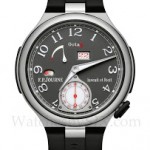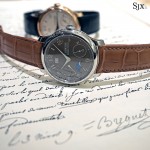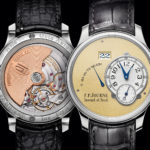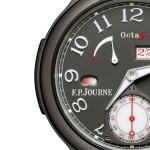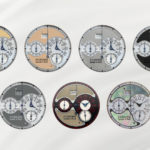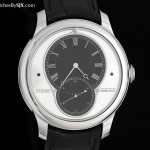Hands-On: F.P. Journe Octa Réserve de Marche Prototype
"Proto/00A".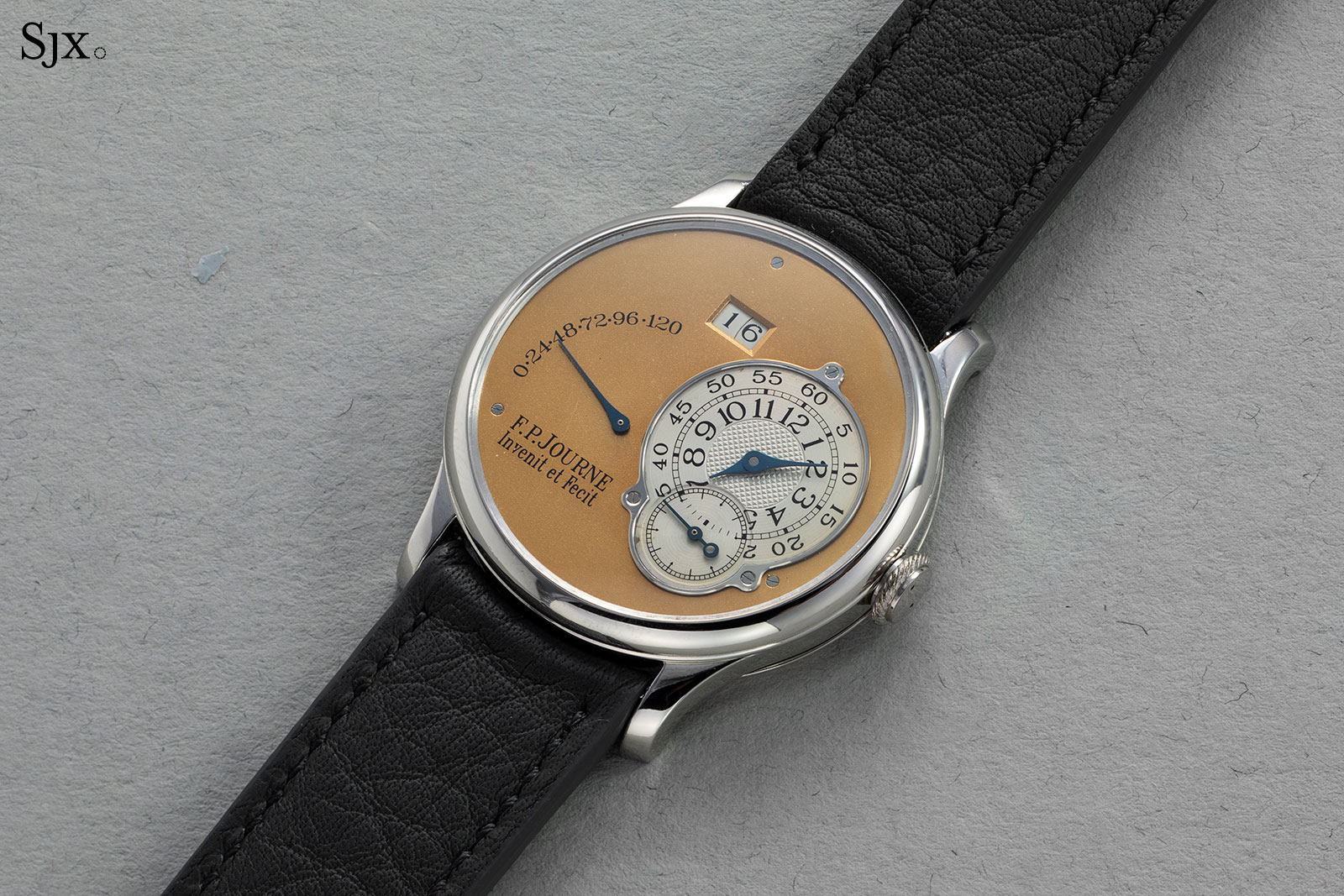
As has become tradition, a good part of Phillips’ upcoming New York watch auction is a memorabilia sale of sorts, including watches owned by Marlon Brando, golfer Jack Nicklaus, and astronaut John Glenn, as well as the Urwerk worn by Robert Downey Jr. while playing Iron Man in Avengers: Endgame.
The auction also includes a piece of historical horological memorabilia: an F.P. Journe Octa Réserve de Marche prototype.
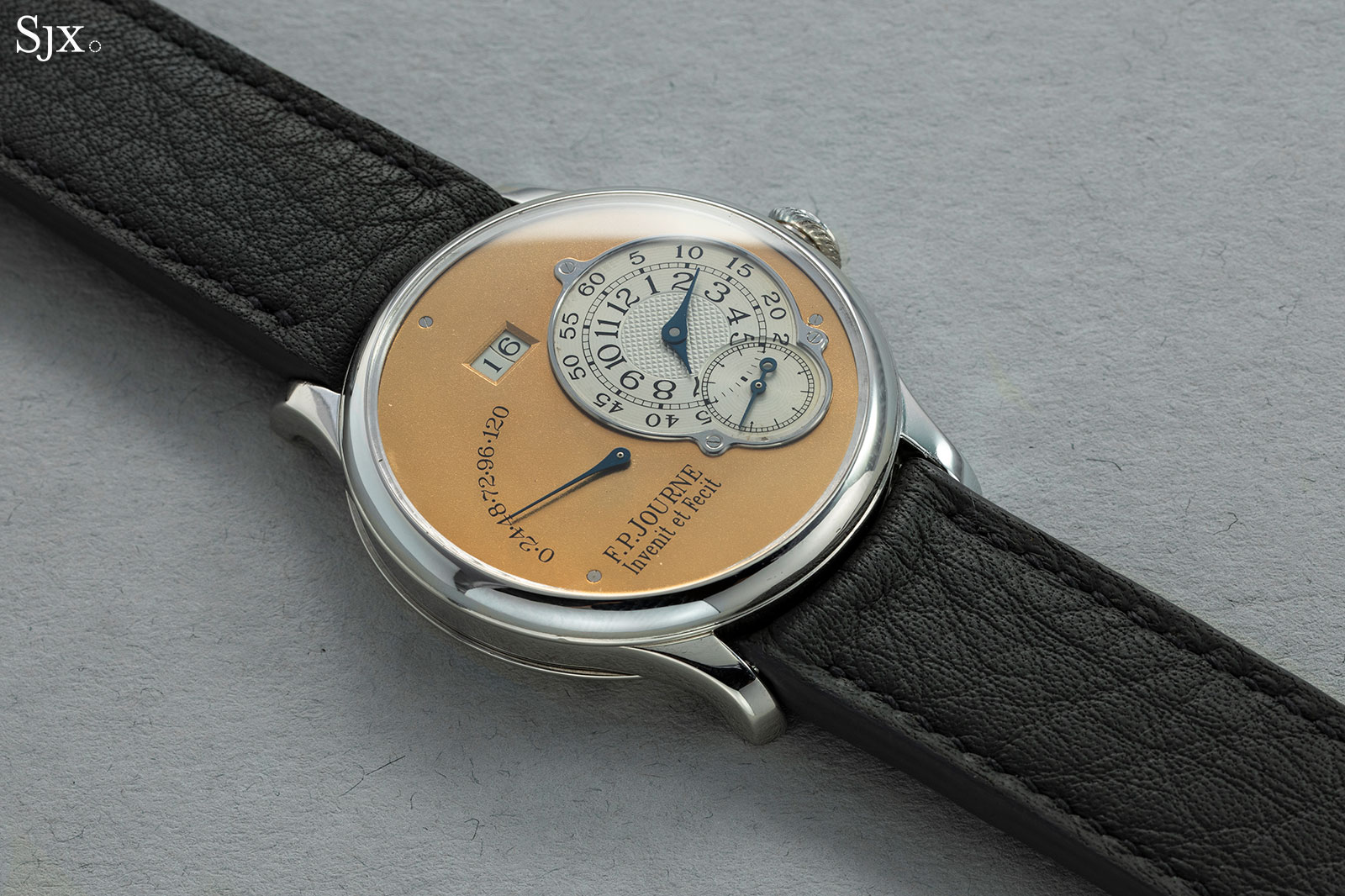
The prototype is largely identical to the later, serially produced version of the watch – the case is platinum and the dial, yellow gold – but is marked as a prototype on the case back, and also bears the various traits unique to early watches made by Francois-Paul Journe.
The cal. 1300
Launched in 2002 and discontinued in 2014, the Octa Réserve de Marche was the brand’s first entry-level wristwatch, powered by an automatic movement, the cal. 1300.
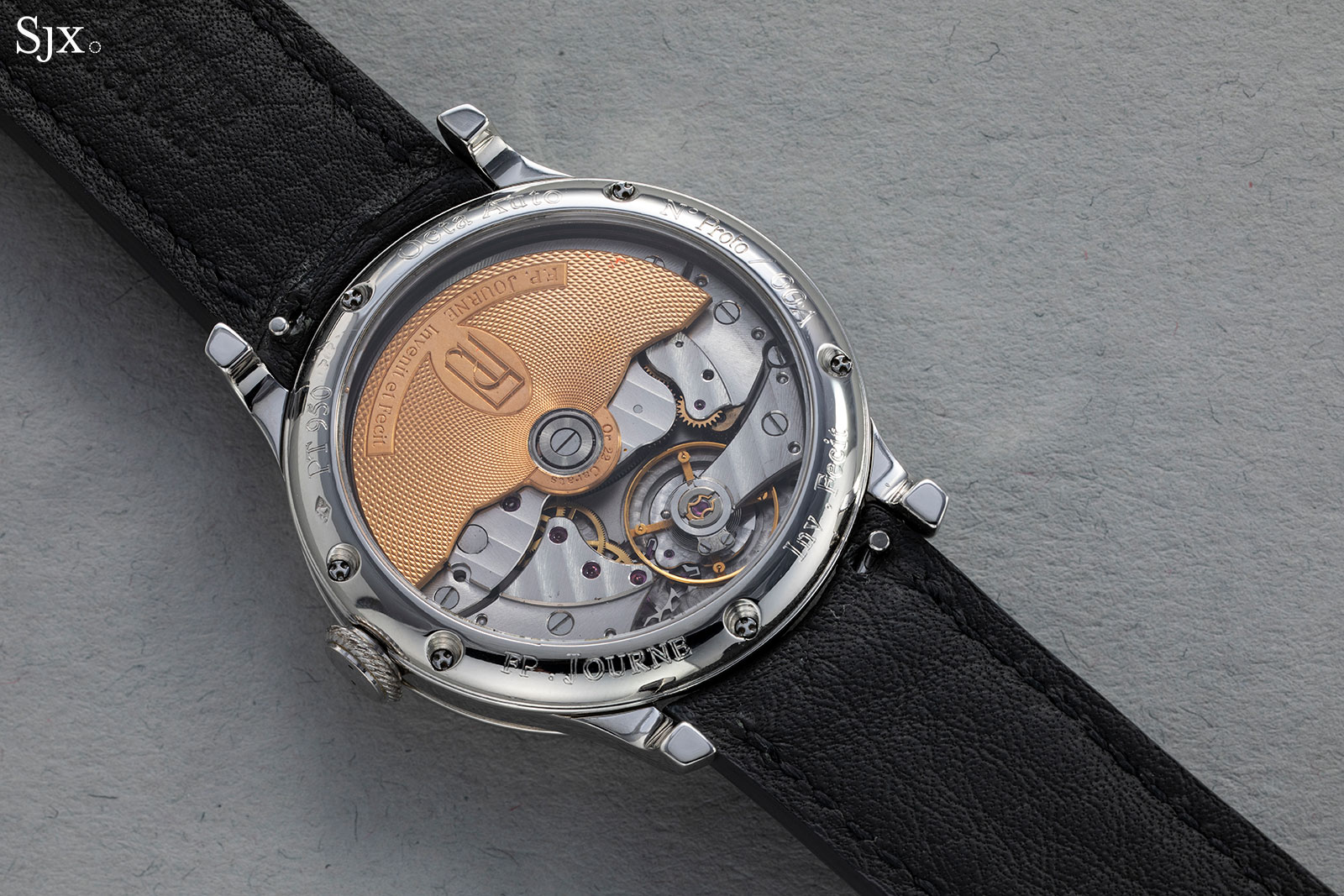
Originally conceived to have an eight-day power reserve – hence “Octa” – the movement instead has a power reserve of 120 hours, or about five days.
Reputedly constructed with a gear train borrowed from a robust and well-known hand-wind movement plus an extra-large mainspring, the cal. 1300 was the base calibre for the entire Octa line. Although a variety of complications were added on top, ranging from the Octa Chronograph to the annual calendar of the Octa Calendrier, all versions of the movement had identical height of 5.7mm regardless of function.
The slimness and smart construction did come at the expense of reliability, and early examples of the Octa watches were generally finicky, with the oversized date especially prone to breaking down.
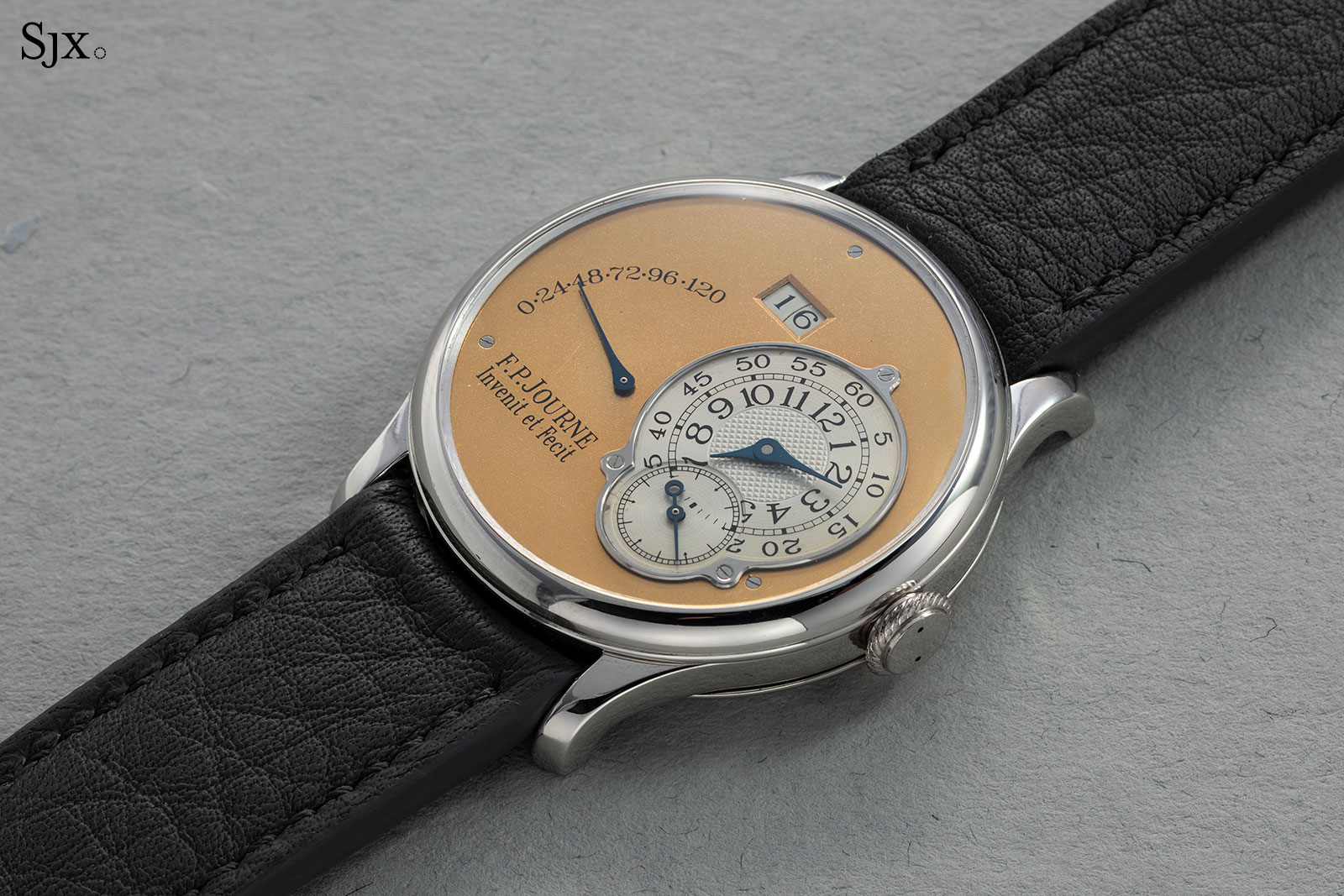
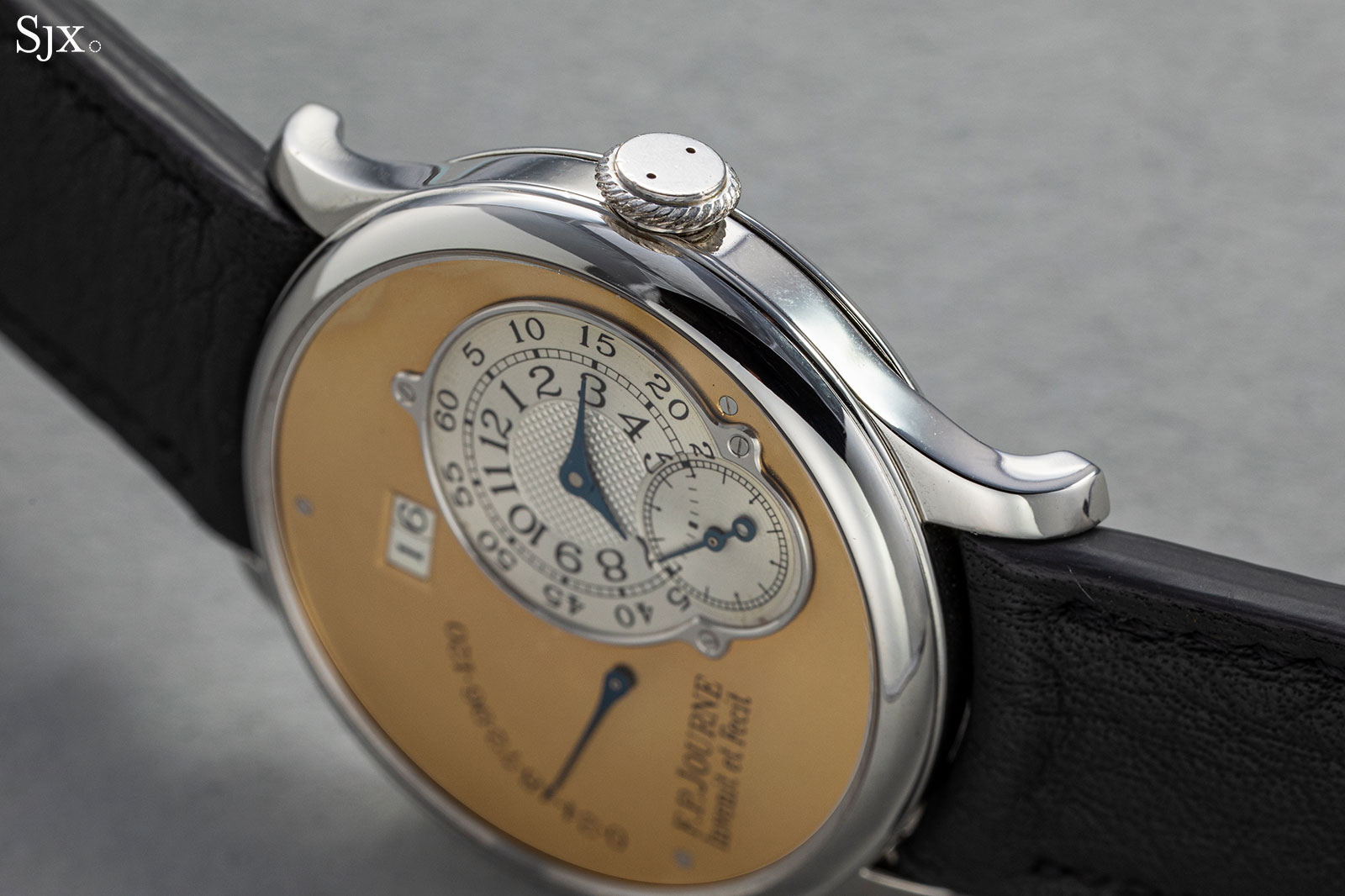
As was the case for F.P. Journe’s first generation of movements, the bridges and base plate of the prototype movement are rhodium-plated brass, instead of the 18k red gold that’s now standard.
And the movement is notable for having straight Côtes de Genève, found only on the earliest Octa movements, instead of the circular striping, sometimes known as Côtes circulaires, of subsequent calibres.
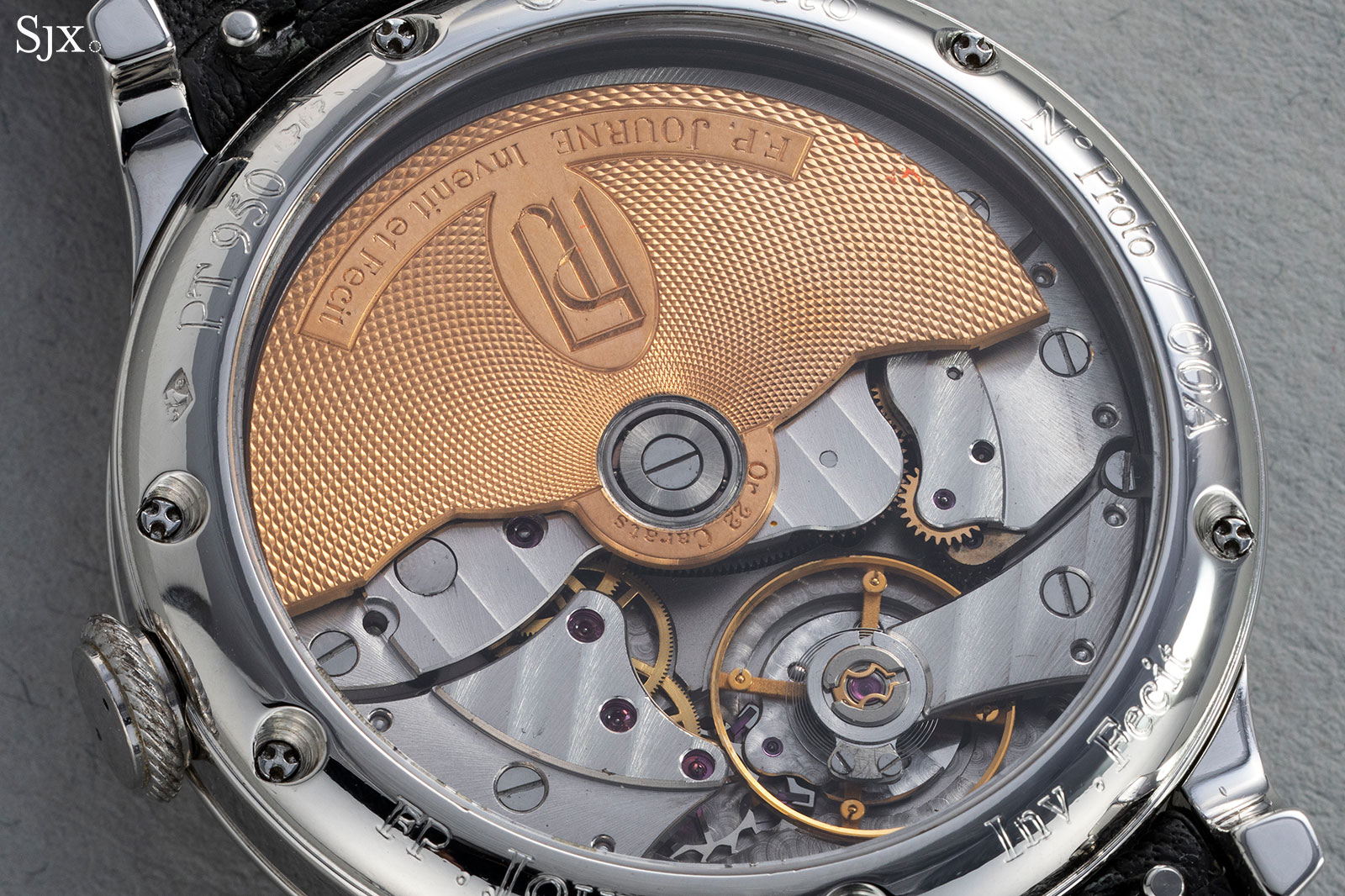
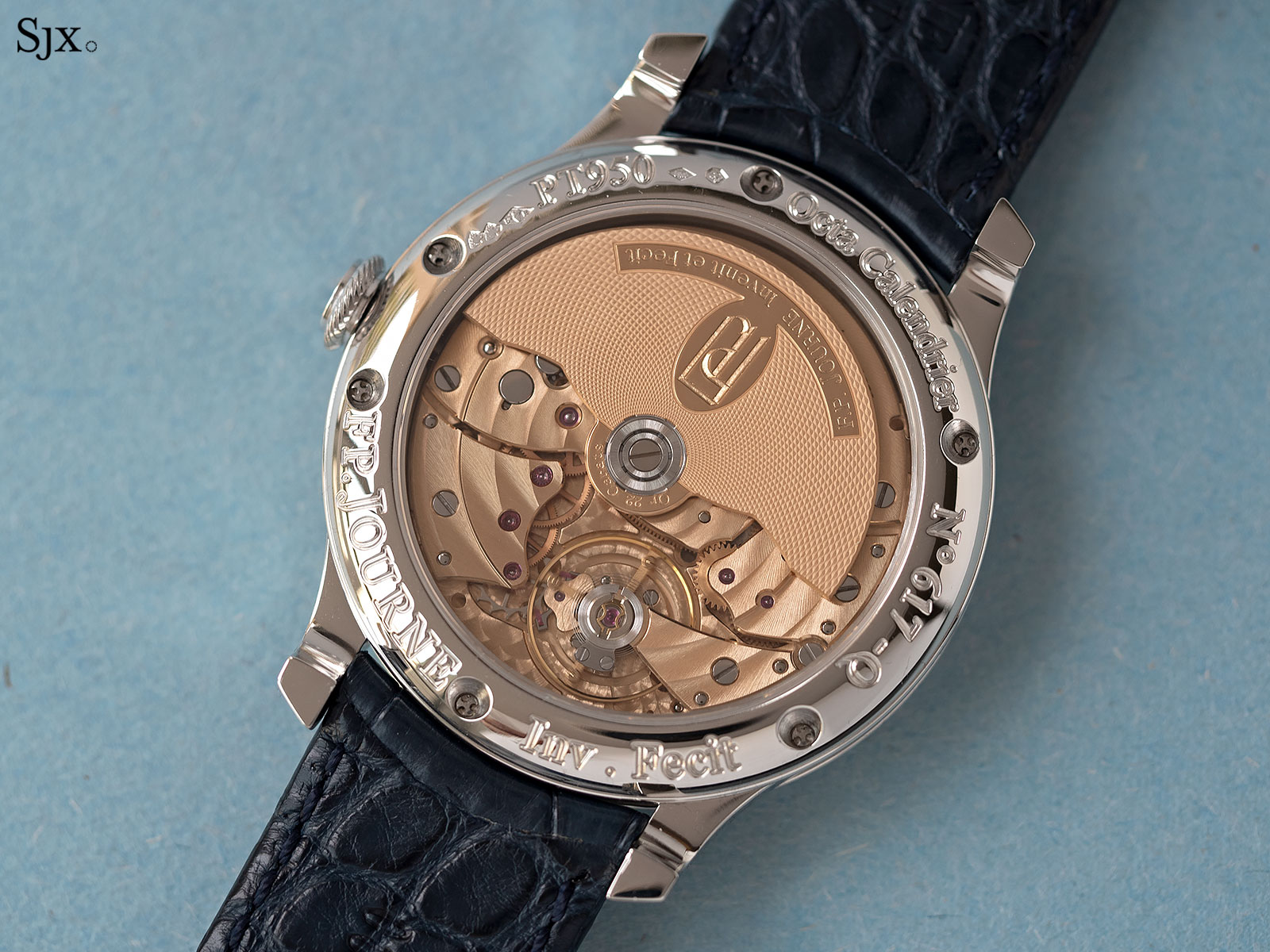
The current generation Octa movement with the bridges and base plate in 18k red gold, as well as circular striping on the bridges
“Proto/00A”
According to Phillips’ watch department head in the Americas, Paul Boutros, this prototype is one of three made, all of which were given to individuals who supported F.P. Journe in its early days.
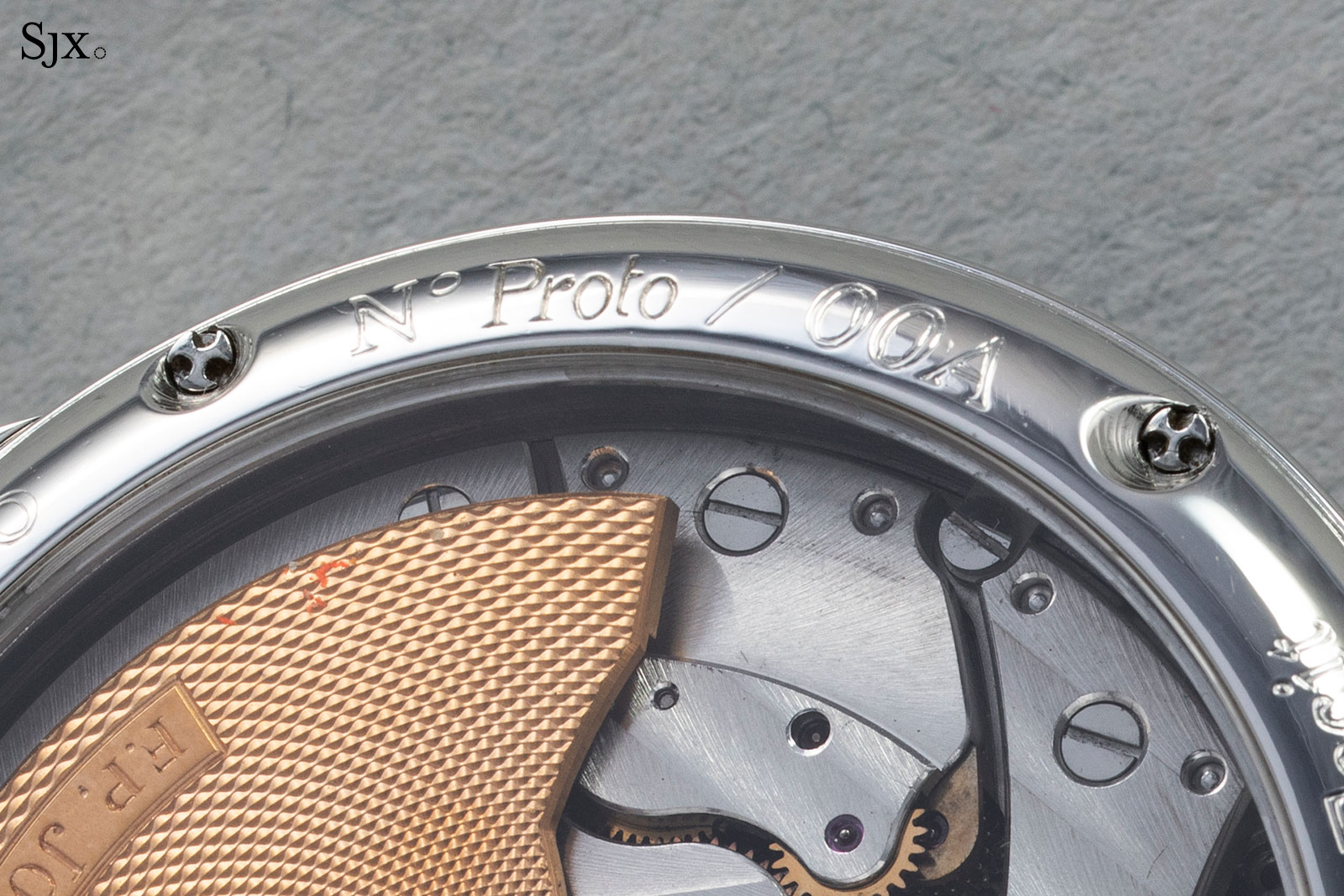
This particular watch was one of a pair – both nearly identical but with slight differences in finishing – given to a husband and wife who were involved with the brand. The couple have consigned this watch, but are holding on to the other. And the third watch is now owned by a board member of F.P. Journe, according to Mr Boutros.
The watch shows all of the characteristics – and imperfections – of early F.P. Journe watches. That includes a relatively shiny gold dial and a sub-dial that is metallic and silvery (as opposed to white). Another distinguishing featuring is the shallow etching on the case back, instead of the deeper engraving that later became standard.
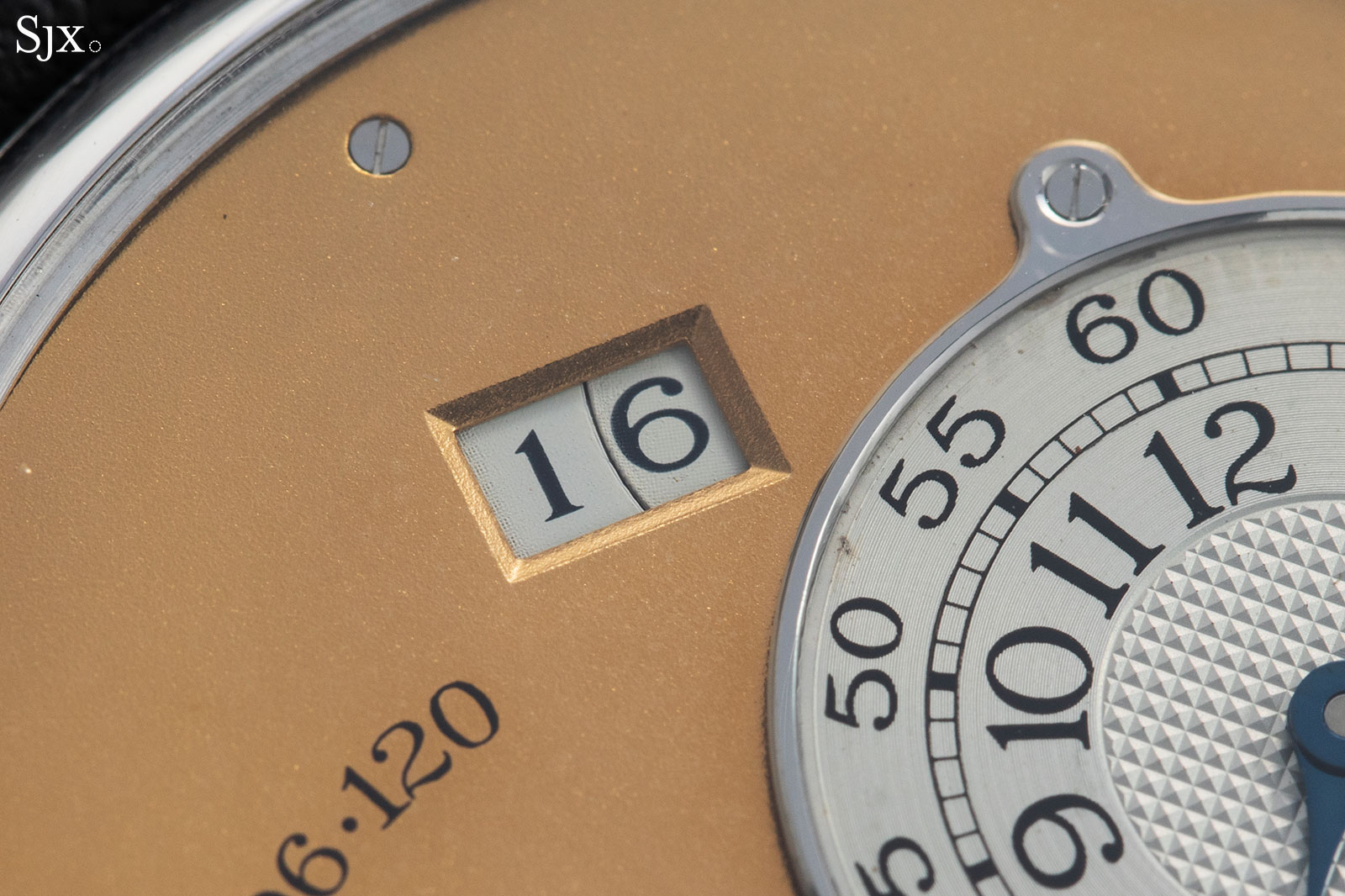
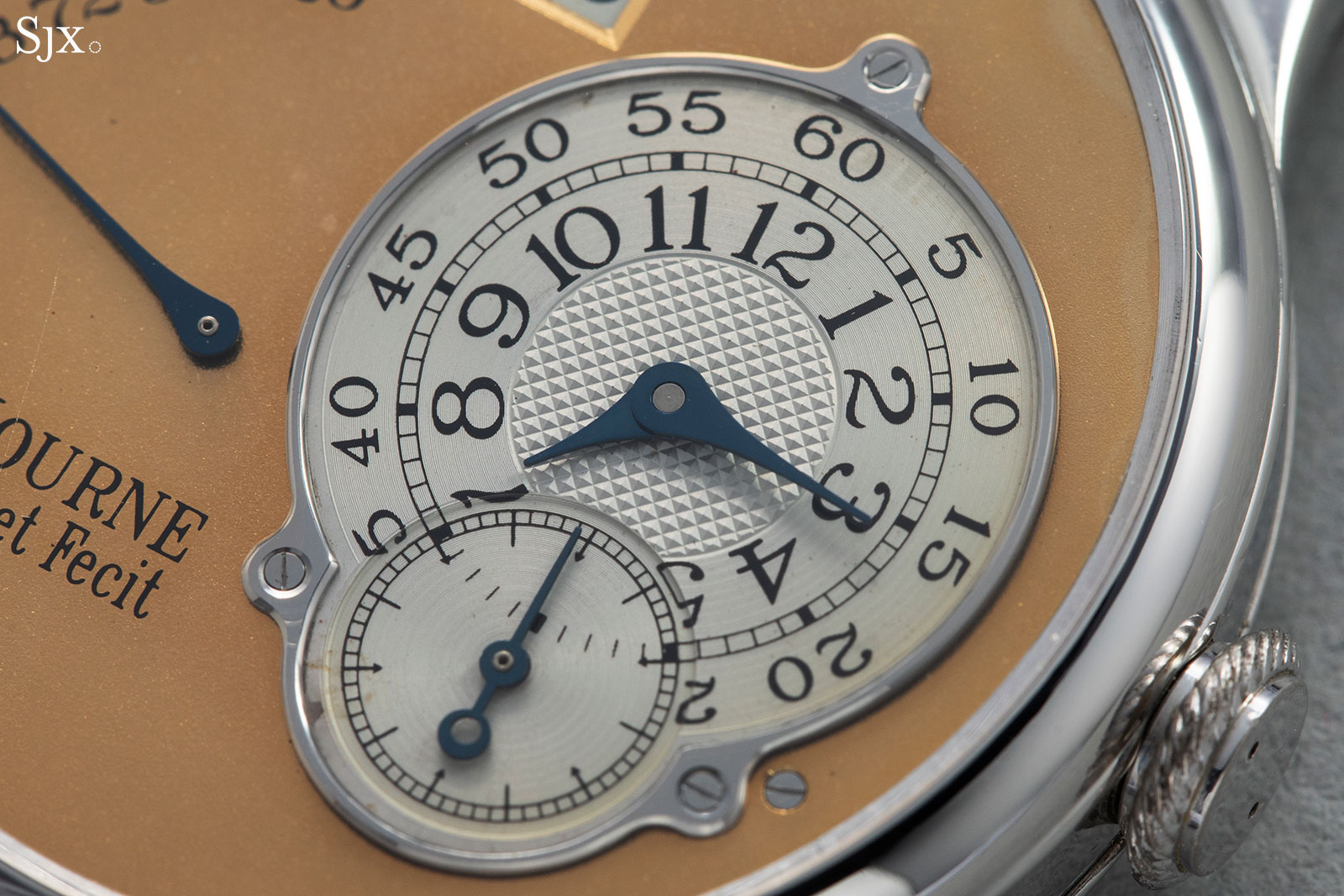
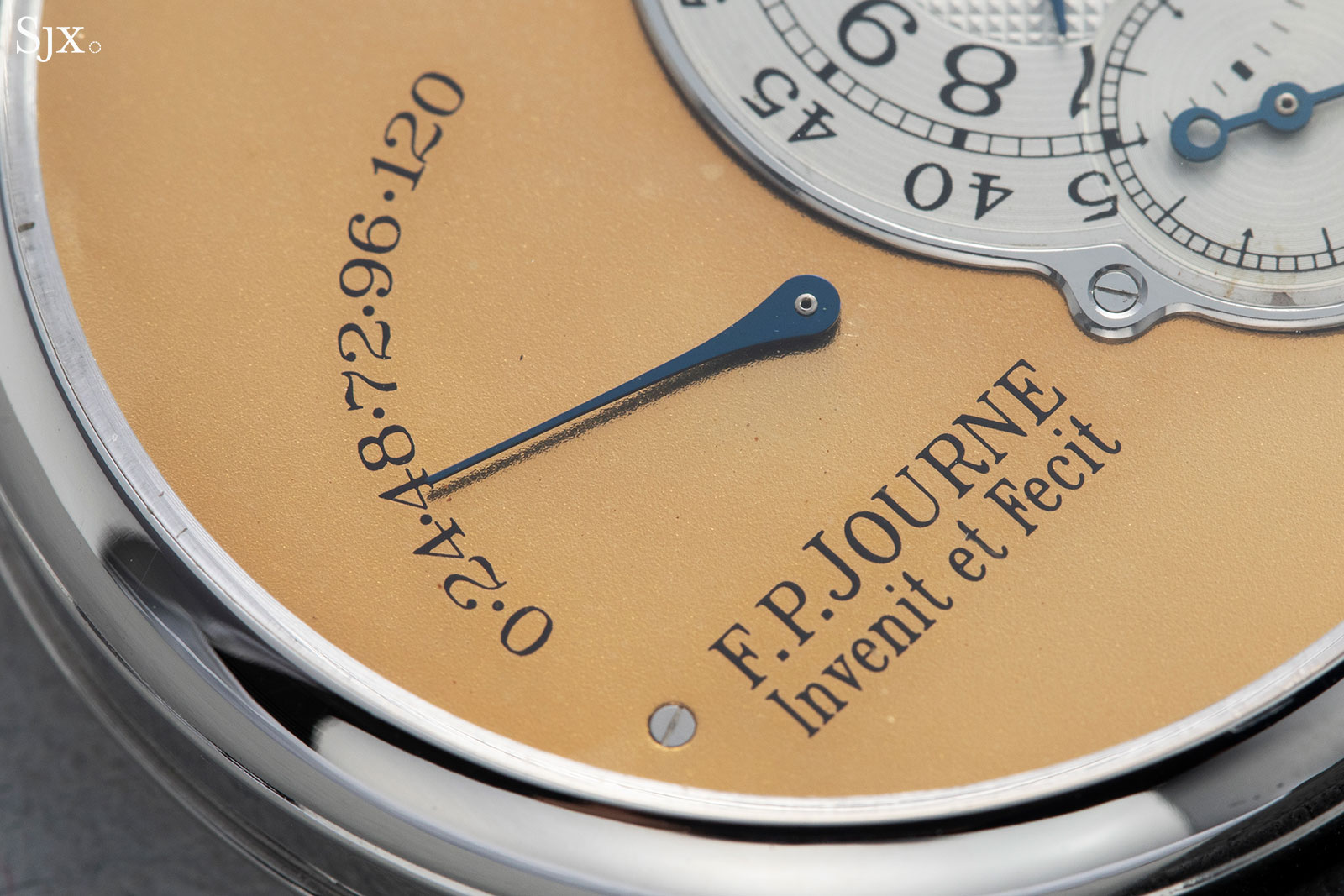
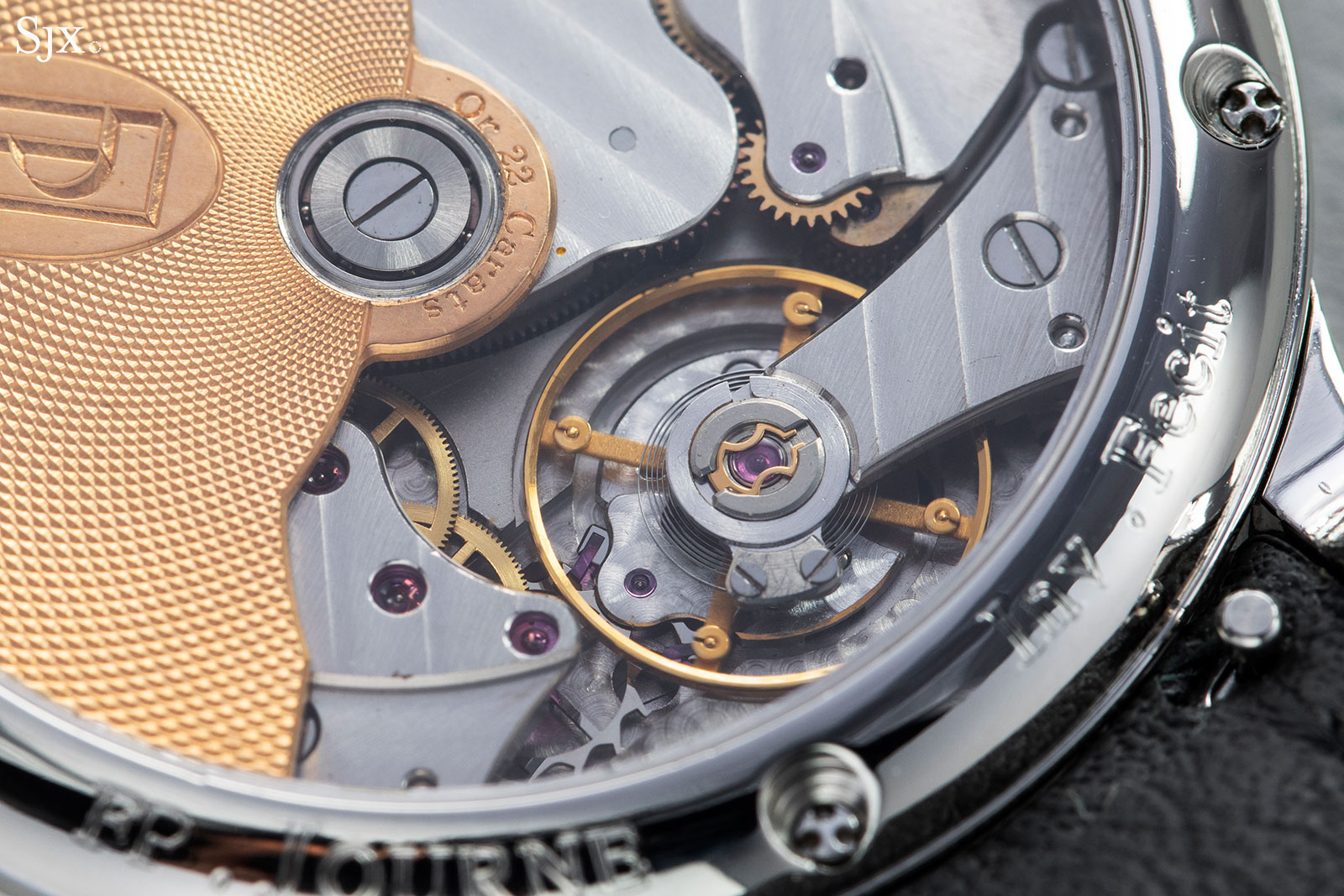
It’s worth noting that watch is well worn, inside and out, and could do with an overhaul, though that’s not going to have any impact on the price, which will surely be substantially above the high estimate.
Estimated at US$30,000-60,000, the Octa Réserve de March Prototype is lot 73 in Game Changers that takes place on December 10, 2019 at Phillips in New York. For the auction catalogue, visit Phillips.com.
Back to top.

